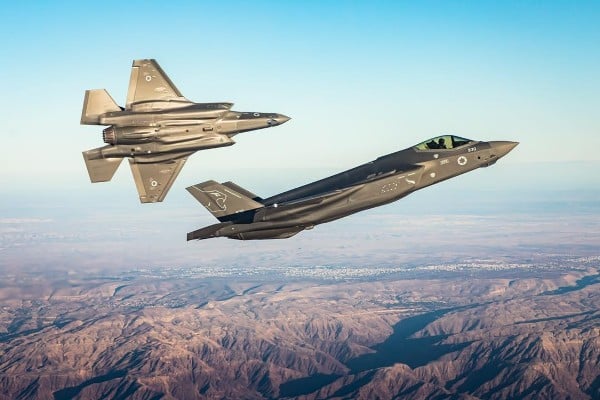23 civilians have been killed in those strikes, and residents blame Hezbollah for putting them in harm’s way.
By Boruch Yedid, JNS
IAF strikes in Lebanon are exacting a heavy price from Hezbollah for its rocket fire, forcing the terrorist group into a war of attrition being fought on Israel’s terms.
Hezbollah has been firing rockets at northern Israel daily since Oct. 7, when Hamas massacred 1,200 persons near the Gaza border. Concerned about larger barrages and border infiltrations, around 250,000 Israelis have been evacuated from communities near Lebanon and Gaza.
Israel’s strikes have destroyed a significant quantity of Hezbollah infrastructure in open areas, forcing the terrorists to carry out even more of their activities in proximity to civilian villages.
“Hezbollah’s front line of outposts was hit very hard by the IDF and, among other things, the forces hit terrorist infrastructure, command and control facilities, lookouts and warehouses where weapons were stored,” a source in the Israel Defense Forces said.
The fact that Israel is striking Hezbollah targets in towns and villages hasn’t escaped the attention of the Lebanese evacuees. A Shi’ite source in Lebanon said that Israel has targeted Hezbollah facilities located in or very close to 91 villages across Southern Lebanon.
Moreover, 23 civilians have been killed in those strikes, and residents blame Hezbollah for putting them in harm’s way.
“Recently, [Hezbollah Secretary-General Hassan] Nasrallah has also been hearing criticism from the Shi’ite communities who ask him whether you have pledged to be the defender of Lebanon or have you become the defender of Hamas and ISIS,” the IDF source said.
Hezbollah—to Hamas’s anger—has not opened a new front against Israel, and cannot even follow through on an oft-threatened “eye for an eye” deterrence.
“The ratio of casualties between the IDF forces and Hezbollah is 1-13,” an Israeli political source said.
This source added that the assessment is that Hezbollah will continue its war of attrition despite its inability to match Israel blow for blow.
However, Hezbollah still poses a considerable threat to Israel. Hezbollah recently moved additional forces into southern Lebanon from Syria, including 1,500 members of its elite Radwan Unit. This unit’s main mission is to rapidly infiltrate northern Israel, seize control of communities and take hostages, similar to Hamas’s attacks on Oct. 7.
The Radwan Unit gained considerable experience fighting in the Syrian civil war and is considered more advanced and more disciplined than Hamas.
However, monitoring and analysis of Hezbollah’s internal discourse indicates that the Oct. 7 attack took away Radwan Unit’s element of surprise.
As a result, Hezbollah’s backers tout the achievement of forcing tens of thousands of Israelis to evacuate their communities in the Upper Galilee.
